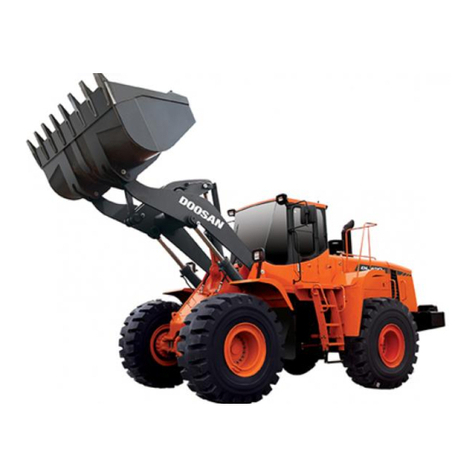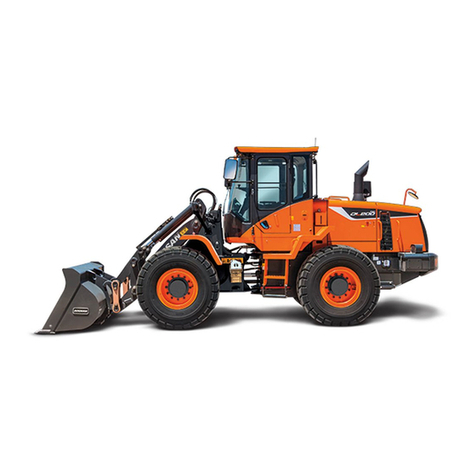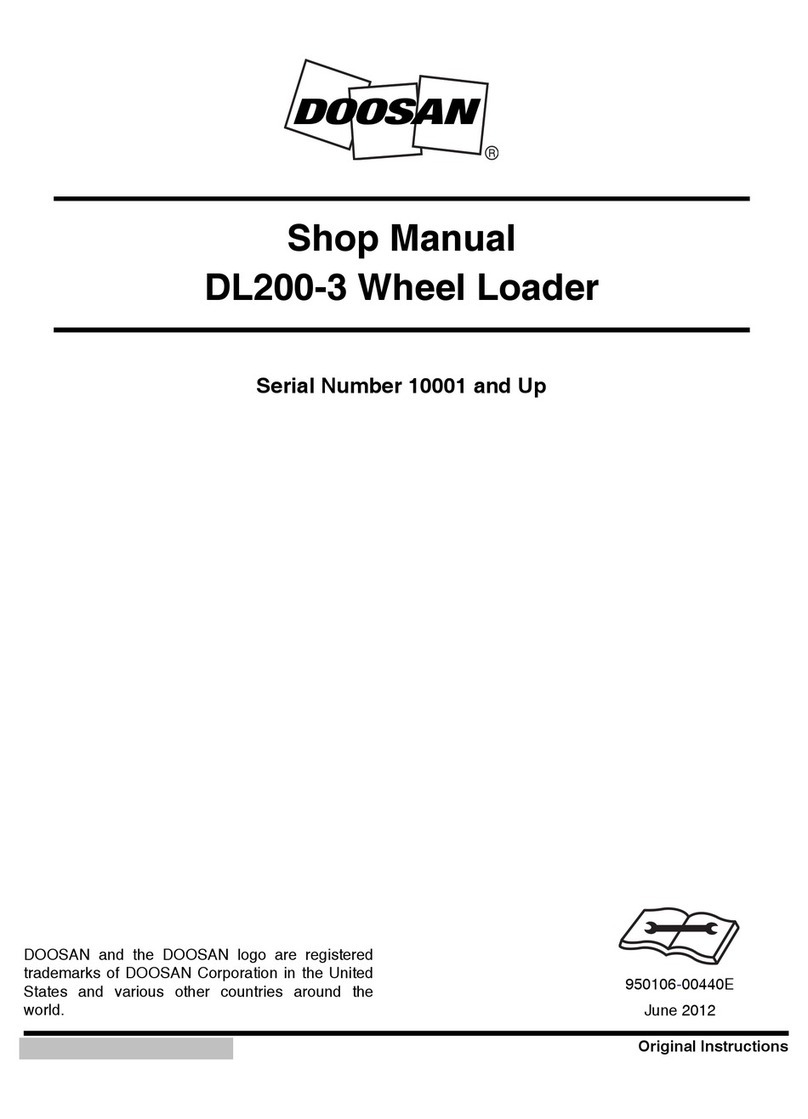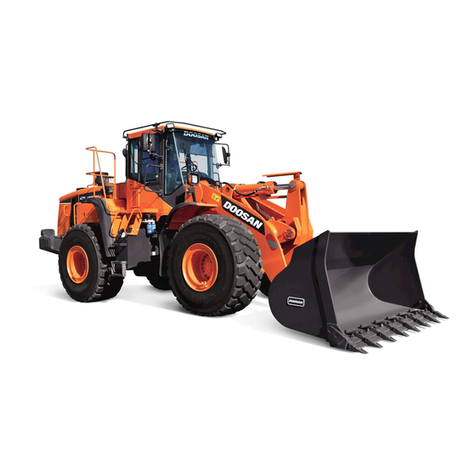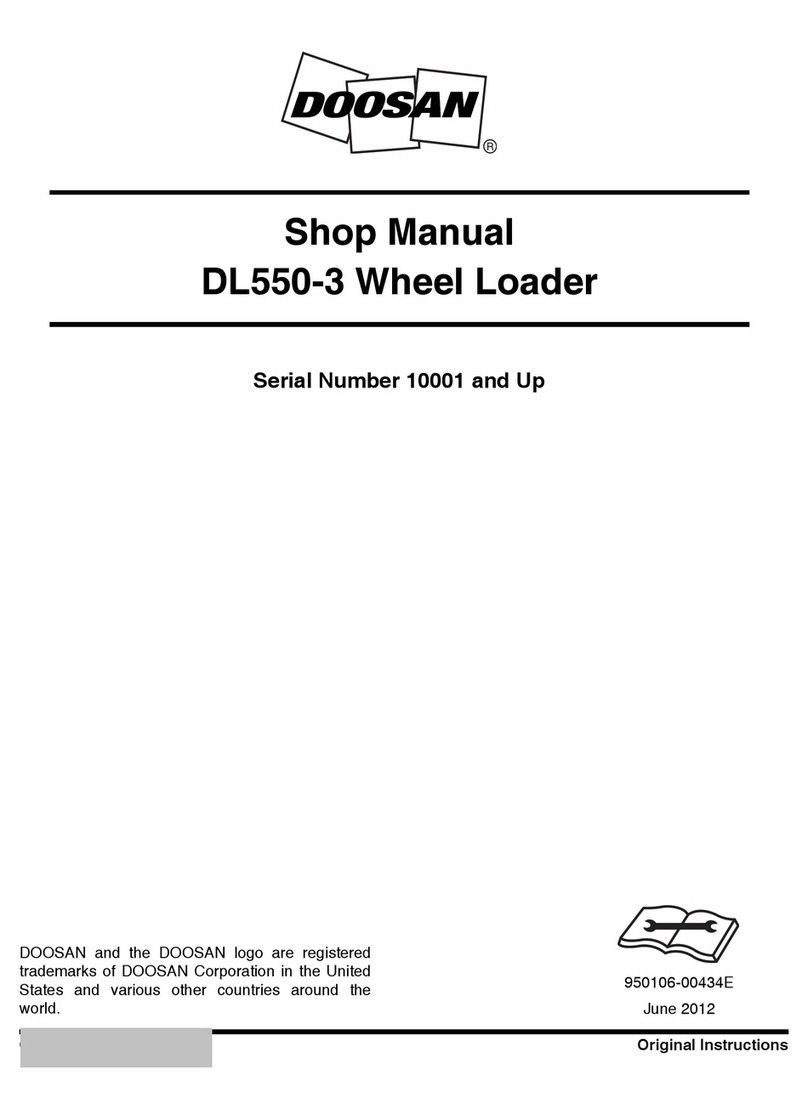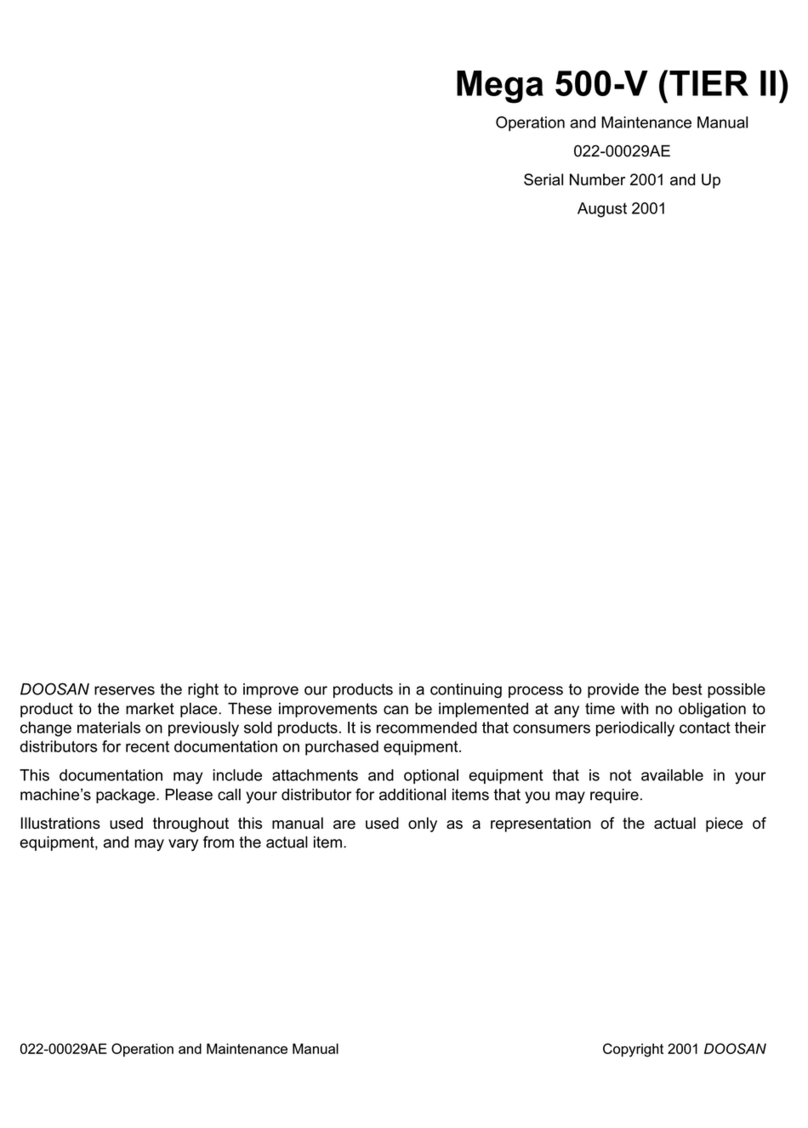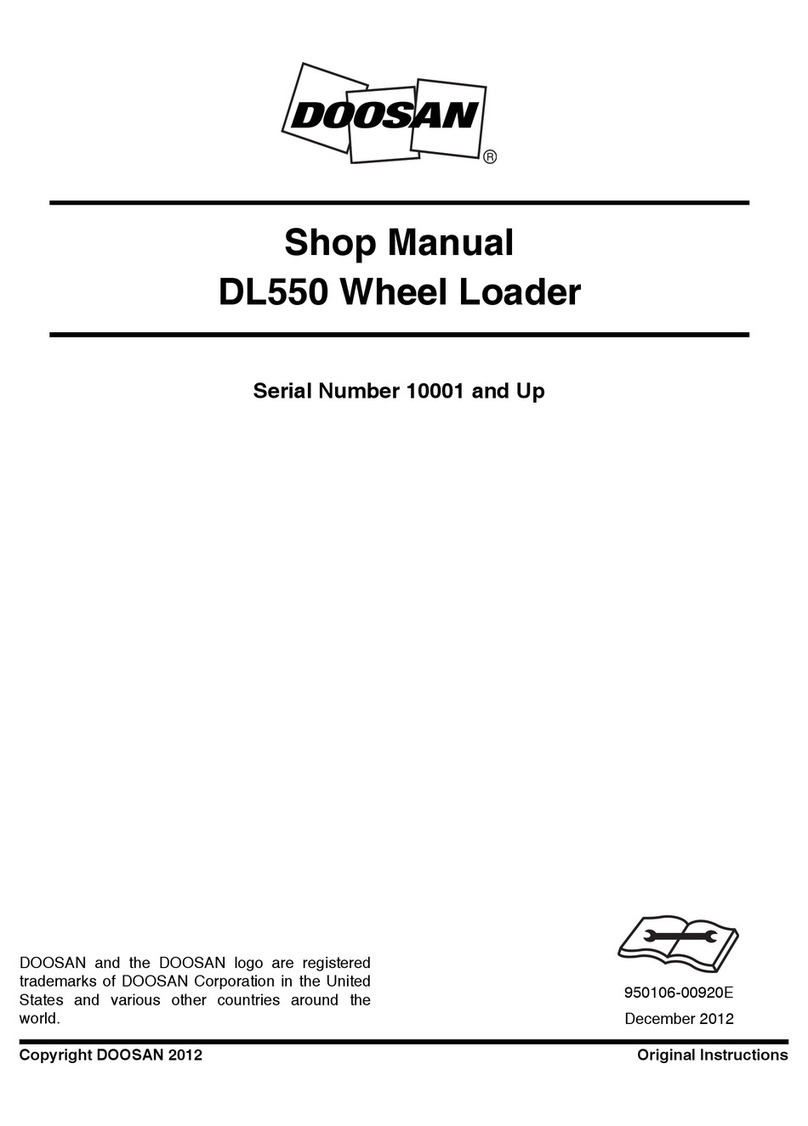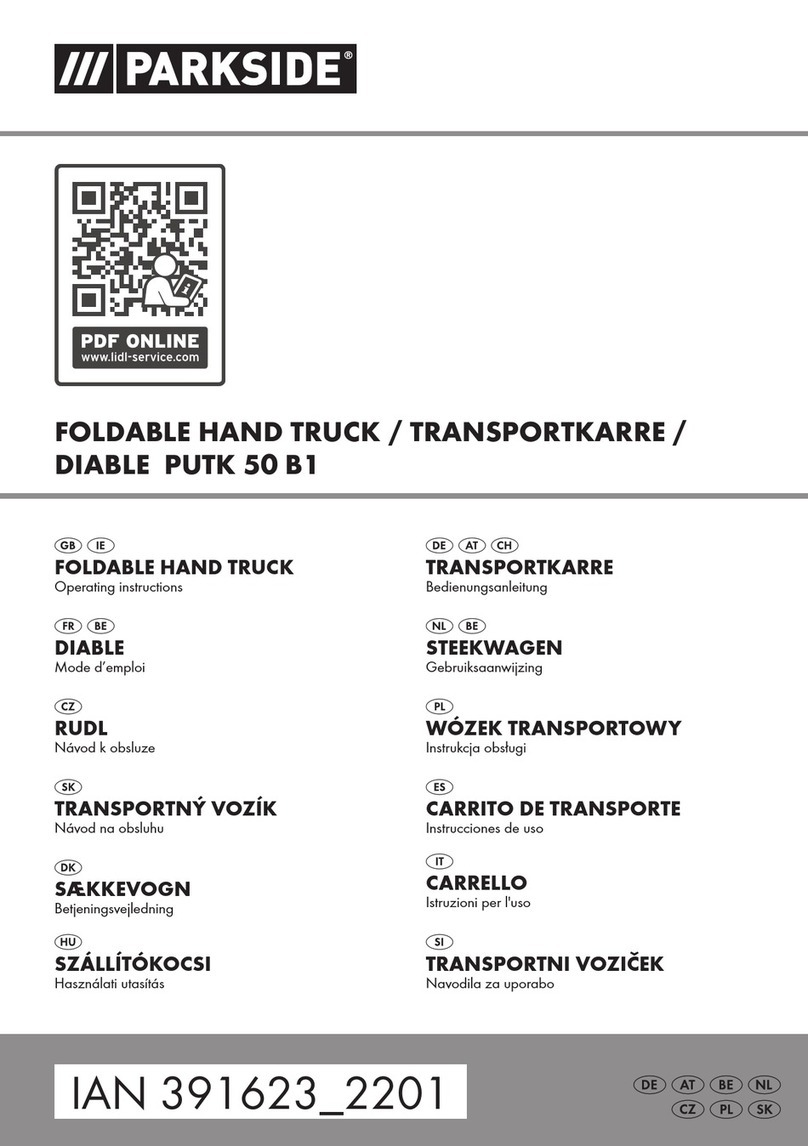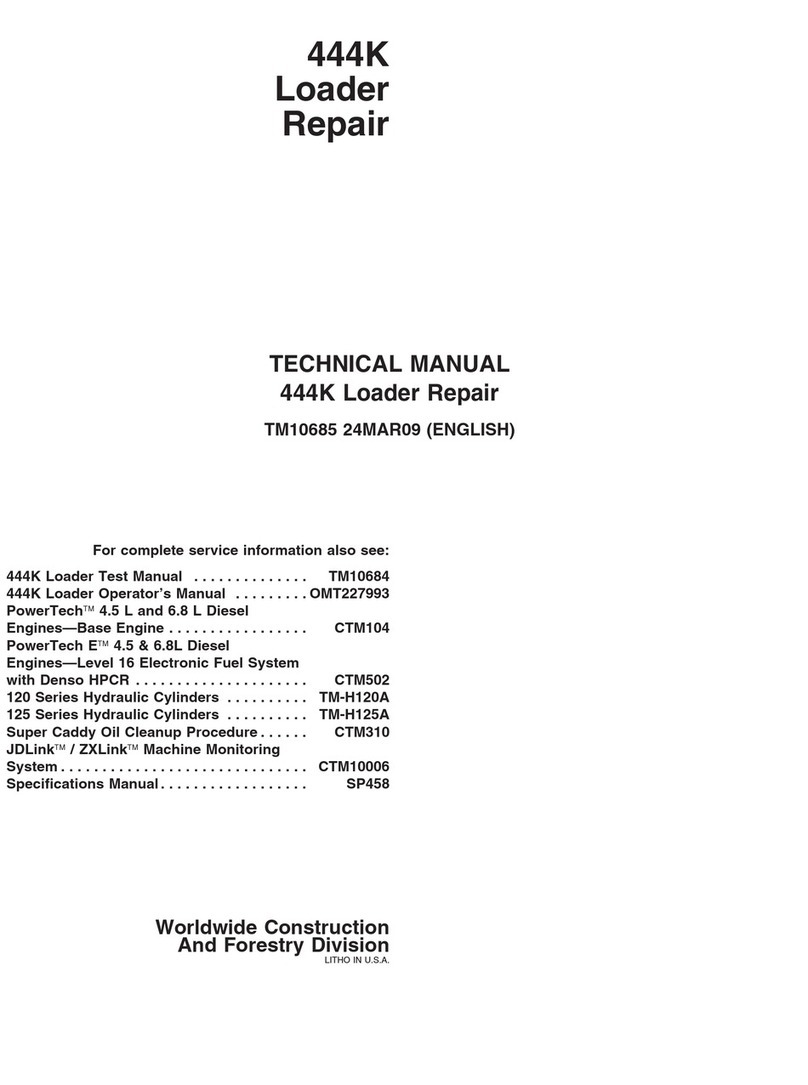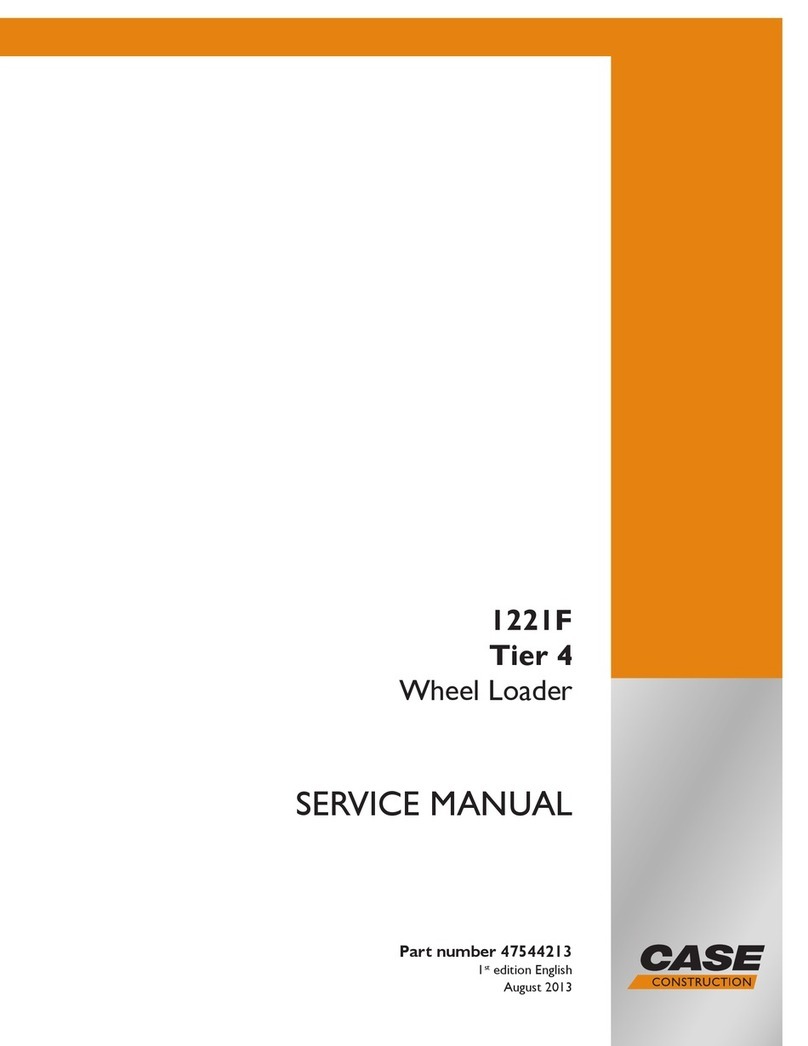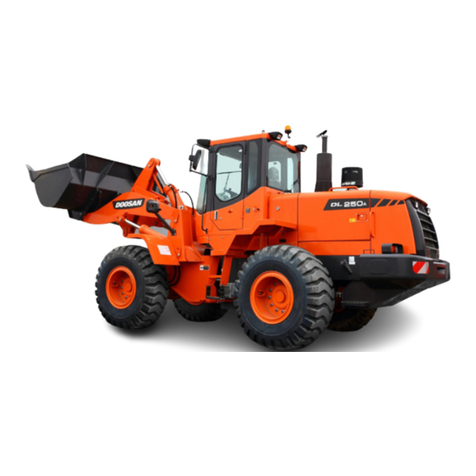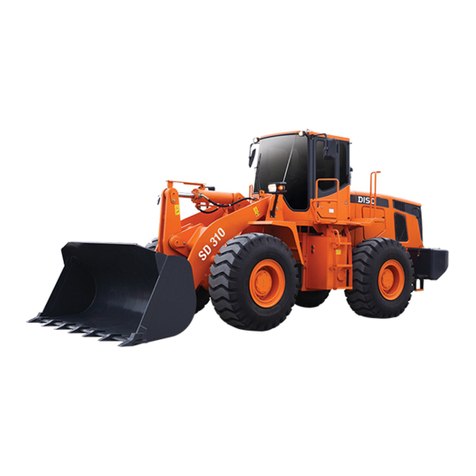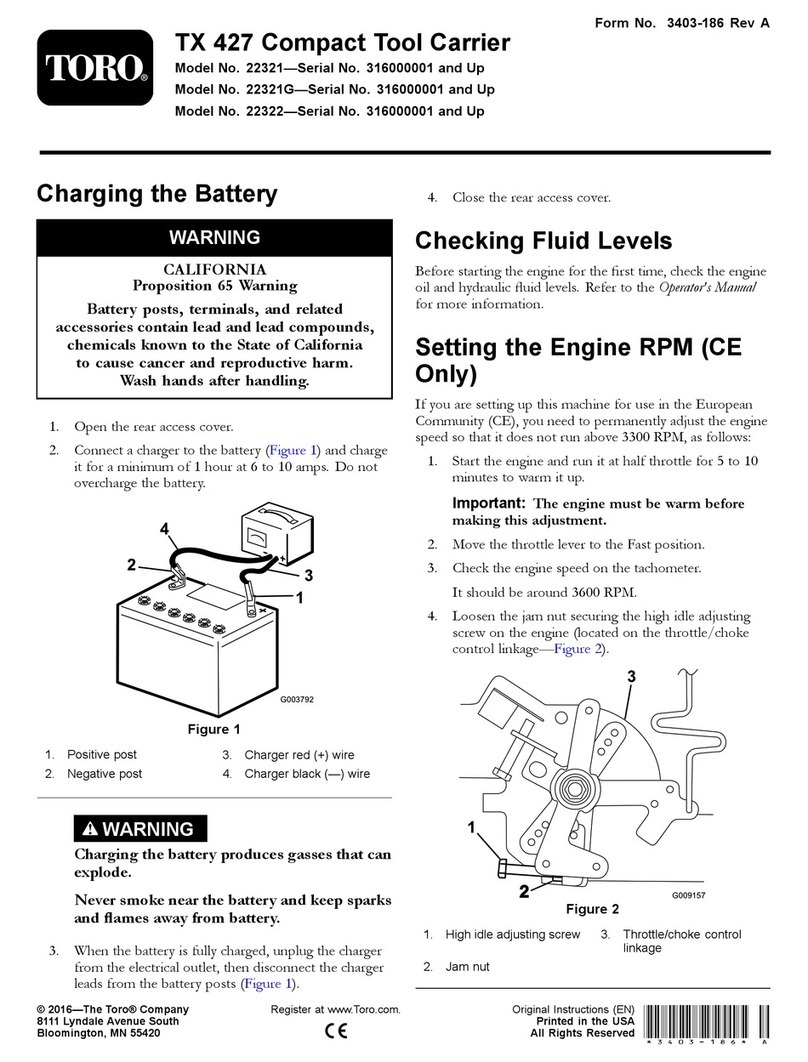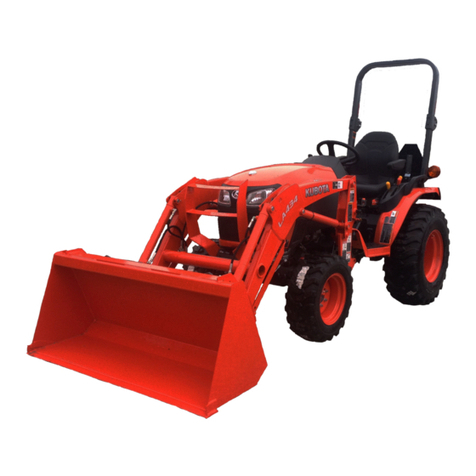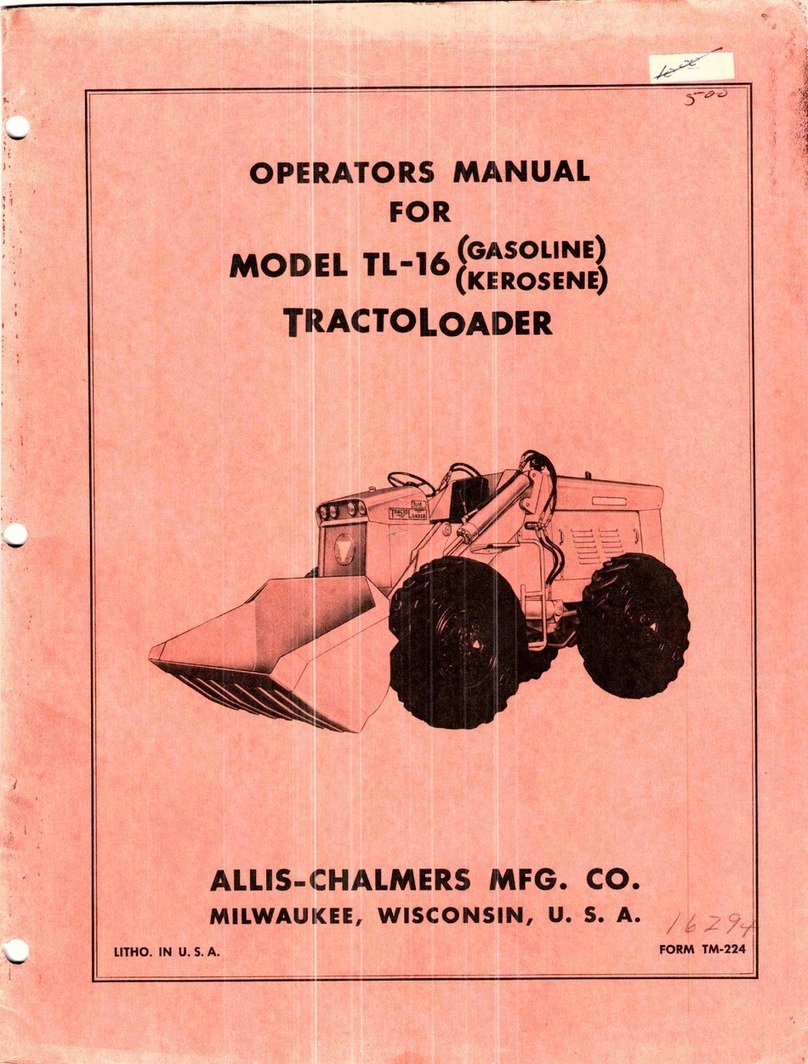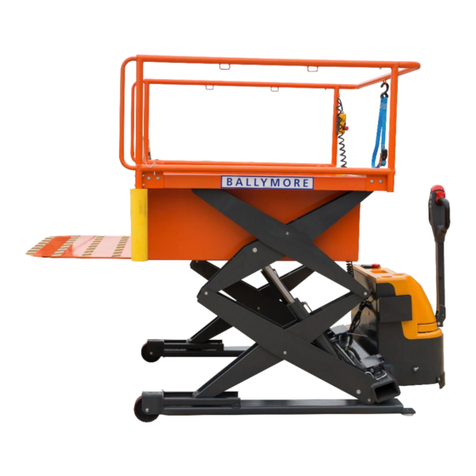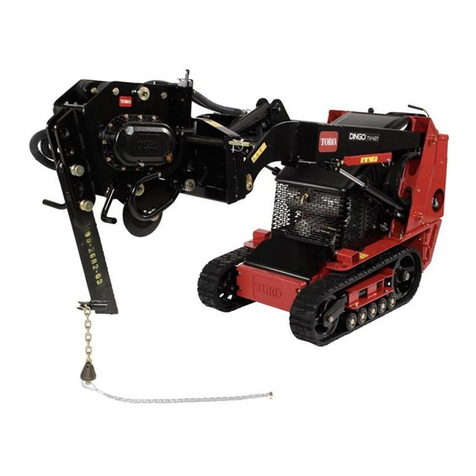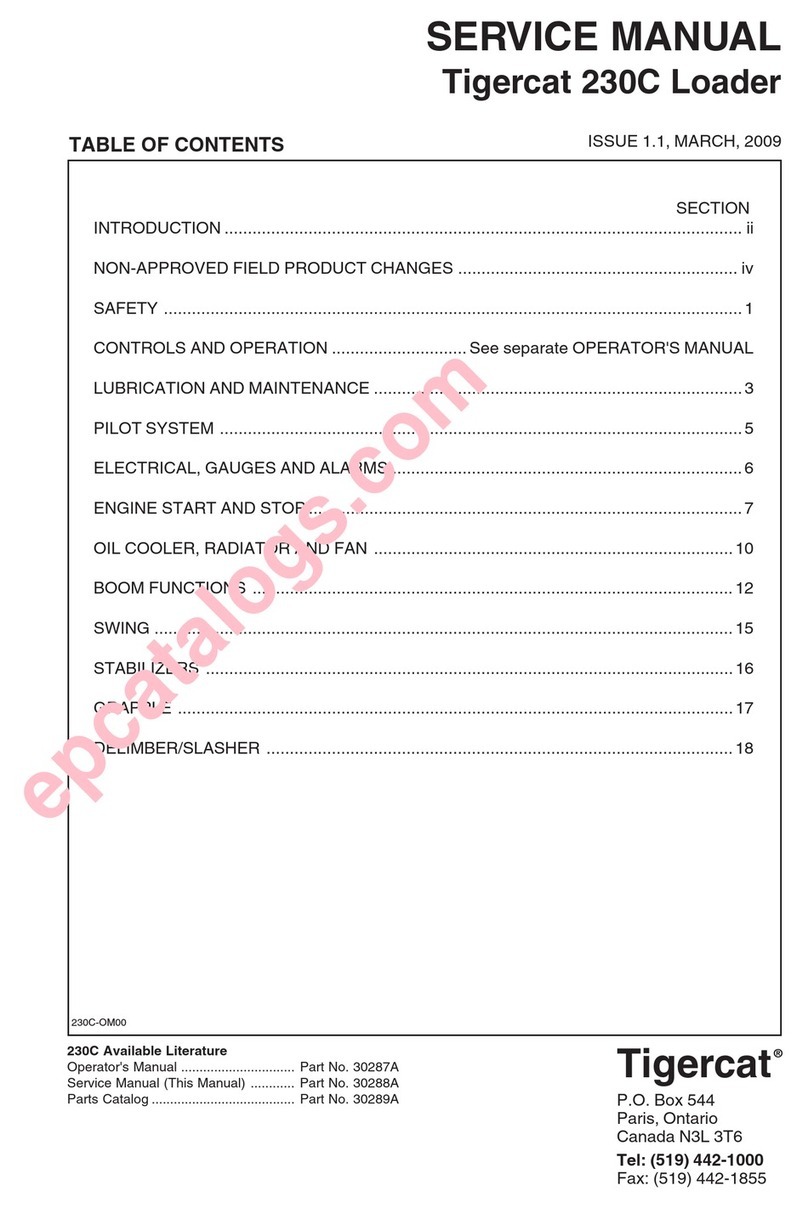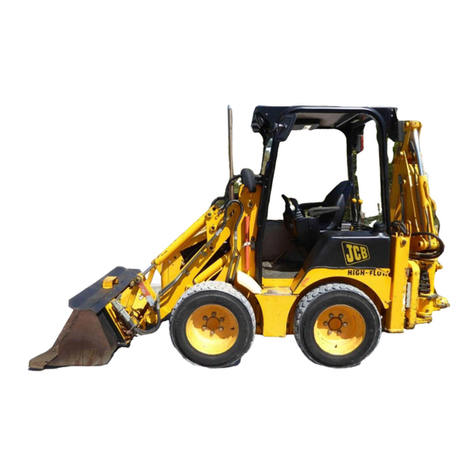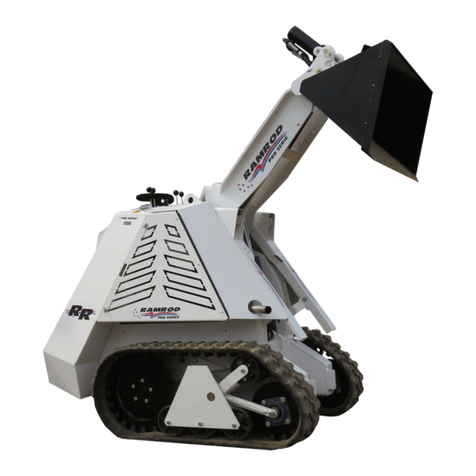
Safety Section
5
Safety
The safety rules and regulations in this section are
representative of some, but not all rules and
regulations that apply to lift trucks. Rules and
regulations are paraphrased without representation
that they have been reproduced verbatim.
Please refer to 29 CFR 1910.178 in the Code of
Federal Regulations, the National Fire Protection
Association No. 505 (NFPA), American National
Standards Institute/Industrial Truck Standards
Development Foundation, ANSI/ITSDF B56.1 Safety
Standard for Low lift and High Lift Trucks, UL 583
Fire Safety Standard for Electric-Battery-Powered
Industrial Trucks and subsequent revisions for a
complete list of rules and regulations as to the safe
operation of powered industrial lift trucks. Since
regulations vary from country to country outside of
U.S.A., operate this lift truck in accordance with local
regulations.
DOOSAN lift trucks are manufactured in accordance
with the National Fire Protection Association (NFPA)
No. 505 and the American National Standards
Institute, Inc. / Industrial Truck Standards
Development Foundation (ANSI/ITSDF) B56.1,
Safety Standard for Low and High Lift Trucks and,
for European models, according to the regulations
and standards laid down in EU Machinery Directive
2006/42/EC and EMC directive 2014/30/EU.
The most effective method of reducing the risk of
serious injury or death to you or others is for you to
know how to properly operate this lift truck, to be
alert and to avoid actions or conditions that could
cause accidents.
Do not operate a lift truck if it is in need of
maintenance, repair or appears to be unsafe in any
way. Report all unsafe conditions immediately to
your supervisor, then contact your authorized lift
truck dealer. Do not attempt any adjustments or
repairs unless trained and authorized to do so.
Warning Signs and Labels
There are several specific safety signs on your lift
truck. Their exact location and description of the
hazard are reviewed in this section. Please take the
time to familiarize yourself with these safety signs.
Make sure that you can read all warning and
instruction labels. Clean or replace these labels if
you cannot read the words or see the pictures.
When cleaning the labels use a cloth, water and
soap. Do not use solvent, gasoline, etc.
You must replace a label if it is damaged, missing or
cannot be read. If a label is on a part that is replaced,
make sure a new label is installed on the replaced
part. See your dealer for new labels.
Training Required To Operate or Service
Warning
Left of COWL viewed fromthe driver
WARNING
Improper operation or maintenance could result
in injury or death. Do not operate or work on the
lift truck unless you are properly trained. Read
and understand the Operation and Maintenance
Manual. Additional manuals are available from
DOOSAN Lift Truck dealers.
This label also provides allowable lift truck capacity
information.
